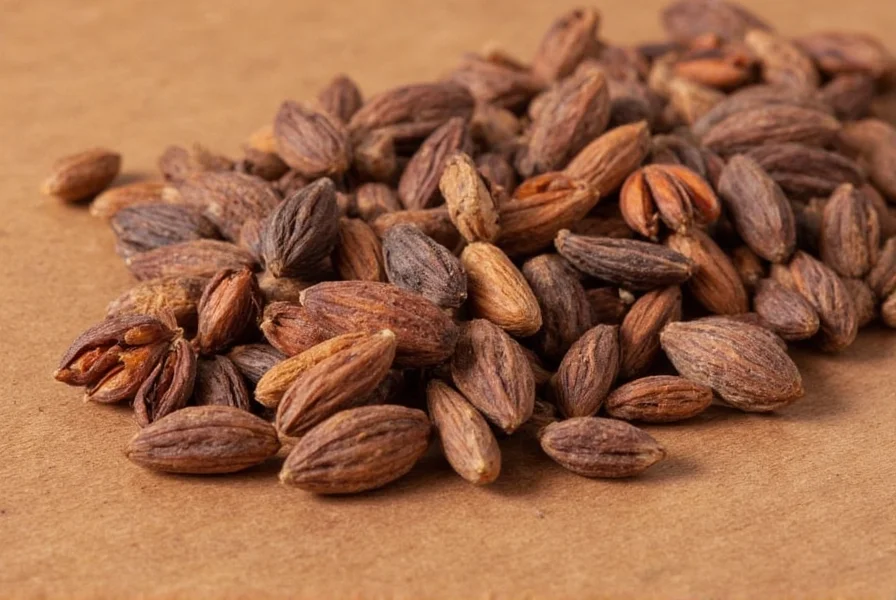Understanding how to properly pronounce “anise” can prevent confusion in culinary conversations, recipe discussions, and when ordering ingredients. Many people mistakenly say “an-eez” or “an-eyes,” but the standard pronunciation in both American and British English places the stress on the initial syllable with a short “i” sound.
Phonetic Breakdown of Anise Pronunciation
The International Phonetic Alphabet (IPA) transcription for “anise” is /ˈanɪs/. Breaking this down:
| Syllable | Phonetic Spelling | Sound Description |
|---|---|---|
| An- | AN | Short “a” as in “pan” or “man” |
| -ise | iss | Short “i” as in “sit” or “miss” |
The word has two syllables with primary stress on the first syllable. Think of it as “AN-iss” rather than “an-EEZ” or “an-EYES.”

Common Mispronunciations to Avoid
Several mispronunciations of “anise” frequently occur:
- An-eez (/ˈanˈiθ/) - Adding a long “e” sound where it doesn't belong
- An-eye-z - Misinterpreting the spelling and pronouncing it like “analyze”
- Ah-neece - Overcomplicating the pronunciation with unnecessary sounds
These errors often happen because people confuse “anise” with “aniseed” (which is pronounced AN-eez and specifically refers to the seeds). While “anise” and “aniseed” refer to the same plant product, their pronunciations differ slightly in traditional usage.
Anise vs. Aniseed: Understanding the Difference
Though often used interchangeably, there's a subtle distinction:
- Anise (AN-iss) - Typically refers to the flavor compound or the plant itself
- Aniseed (AN-eez) - Specifically refers to the seeds of the plant
In culinary contexts, “anise” is the preferred term in recipes and professional cooking discussions. The pronunciation AN-iss remains standard regardless of whether you're discussing the whole spice or its applications in cooking.
Origin of the Word and Its Pronunciation
The word “anise” comes from the Greek “anison,” which became “anisum” in Latin. This linguistic history explains why the “e” at the end is silent in the standard pronunciation. Many Romance languages maintain this short vowel pronunciation pattern, which English adopted when incorporating the word.
Historical English texts show the word was originally spelled “anis” with the same AN-iss pronunciation, confirming this isn't a recent development but rather the traditional way the word has been spoken for centuries.
Using Anise Correctly in Conversation
Here are examples of proper usage with correct pronunciation:
- “This recipe calls for a teaspoon of ground AN-iss to flavor the biscotti.”
- “The distinctive flavor of ouzo comes from AN-iss and other botanicals.”
- “When substituting star anise, remember that AN-iss has a more delicate flavor profile.”
Professional chefs, bartenders, and food writers consistently use the AN-iss pronunciation when discussing this spice in culinary contexts. Mastering this pronunciation will help you communicate more effectively in food-related discussions.
Regional Variations in Anise Pronunciation
While AN-iss is the standard pronunciation in both American and British English, some regional variations exist:
- In certain British dialects, you might hear AN-eez more frequently
- Some older English speakers may use AH-niss with a more open first vowel
- In culinary professional circles worldwide, AN-iss remains the dominant pronunciation
For most practical purposes, especially in cooking, baking, and mixology contexts, using the AN-iss pronunciation will ensure clear communication regardless of regional differences.











 浙公网安备
33010002000092号
浙公网安备
33010002000092号 浙B2-20120091-4
浙B2-20120091-4